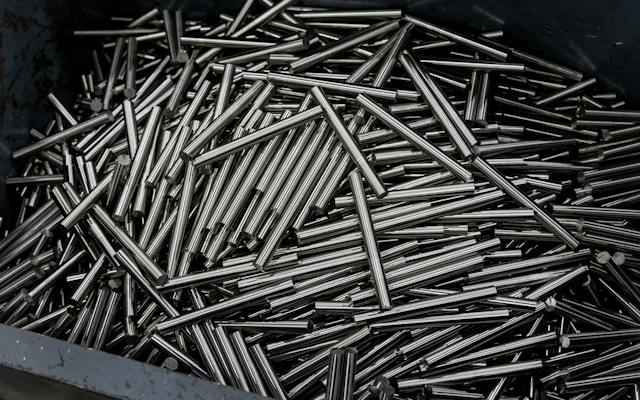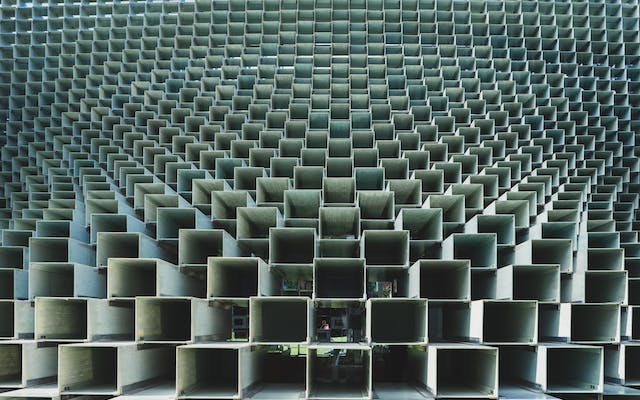In the intricate world of electroplating, understanding the nuances between chrome and various types of nickel plating is crucial, especially in industrial contexts. At Hard Chrome Enterprises, we specialize in plating services, including hard chrome plating and diverse forms of nickel plating, each serving specific functional and aesthetic purposes. This guide aims to demystify these differences, emphasizing the industrial applications of chrome and nickel plating.
Characteristics of Hard Chrome Plating
Functional Focus:
Hard chrome plating in industrial settings is not about visual flair but about enhancing the functionality of components. It offers a robust coating that withstands extreme conditions, focusing on performance rather than aesthetics.
Durability and hardness:
Known for its exceptional hardness, hard chrome plating is ideal for wear parts in industrial machinery. It withstands high-stress conditions, ensuring durability and reliability.

Lubricity and Wear Resistance:
A standout feature of hard chrome is its high lubricity, which reduces friction in moving parts. This quality, coupled with superior wear resistance, makes it indispensable in prolonging the lifespan of industrial components.
Corrosion Resistance:
Hard chrome plating excels in corrosion resistance and is suitable for components in harsh environments, thus guaranteeing longevity and consistent performance.
Diverse Nickel Plating Options
Electroless and Electrolytic Nickel Plating:
These nickel plating methods offer both aesthetic appeal and functional properties. They provide a uniform coating, essential for precision parts, and are chosen for their corrosion resistance and attractive finish.
Sulfamate Nickel Plating:
Sulfamate nickel plating is tailored for industrial applications. It’s known for its high ductility, making it ideal for components that undergo significant stress or require reshaping. This type of plating is less about aesthetics and more about industrial functionality.
Identification and Applications

Visual and physical properties:
Hard chrome typically has a less reflective finish compared to nickel plating. The various nickel plating types can range from bright and aesthetically pleasing to more subdued, depending on their intended industrial use.
Industrial Applications:
Hard chrome plating is widely used in heavy machinery, aerospace, and hydraulic systems. Electroless and electrolytic nickel plating find their place in precision engineering, electronics, and decorative purposes. Sulfamate nickel, with its high ductility, is ideal for components that require malleability and stress resistance.
Choosing the Right Plating Solution
The founder, Dr. William Ringling, at Hard Chrome Enterprises understands the critical role plating plays in industrial applications. Whether it’s the wear resistance and durability of hard chrome or the functional versatility of various nickel platings, our expertise ensures that your components receive the most suitable plating solution.
Frequently Asked Questions
1. How does hard chrome plating differ from decorative chrome plating?
Hard chrome plating is engineered for durability and performance, focusing on industrial applications, unlike decorative chrome plating, which emphasizes aesthetics.
2. What are the key benefits of electroless nickel plating?
Electroless nickel plating offers excellent uniformity, corrosion resistance, and a pleasing finish, making it suitable for functional and decorative purposes.
3. Is sulfamate nickel plating suitable for decorative applications?
While primarily used for its industrial properties like ductility and stress resistance, sulfamate nickel is applicable in situations where functionality outweighs aesthetics.
Conclusion
In industrial settings, the choice between hard chrome and different types of nickel plating depends on specific application requirements. Hard chrome is preferred for its extreme durability and wear resistance, while nickel plating, in its various forms, provides a balance of aesthetic and functional properties. Sulfamate nickel stands out as a prime choice for stress-resistant applications.
